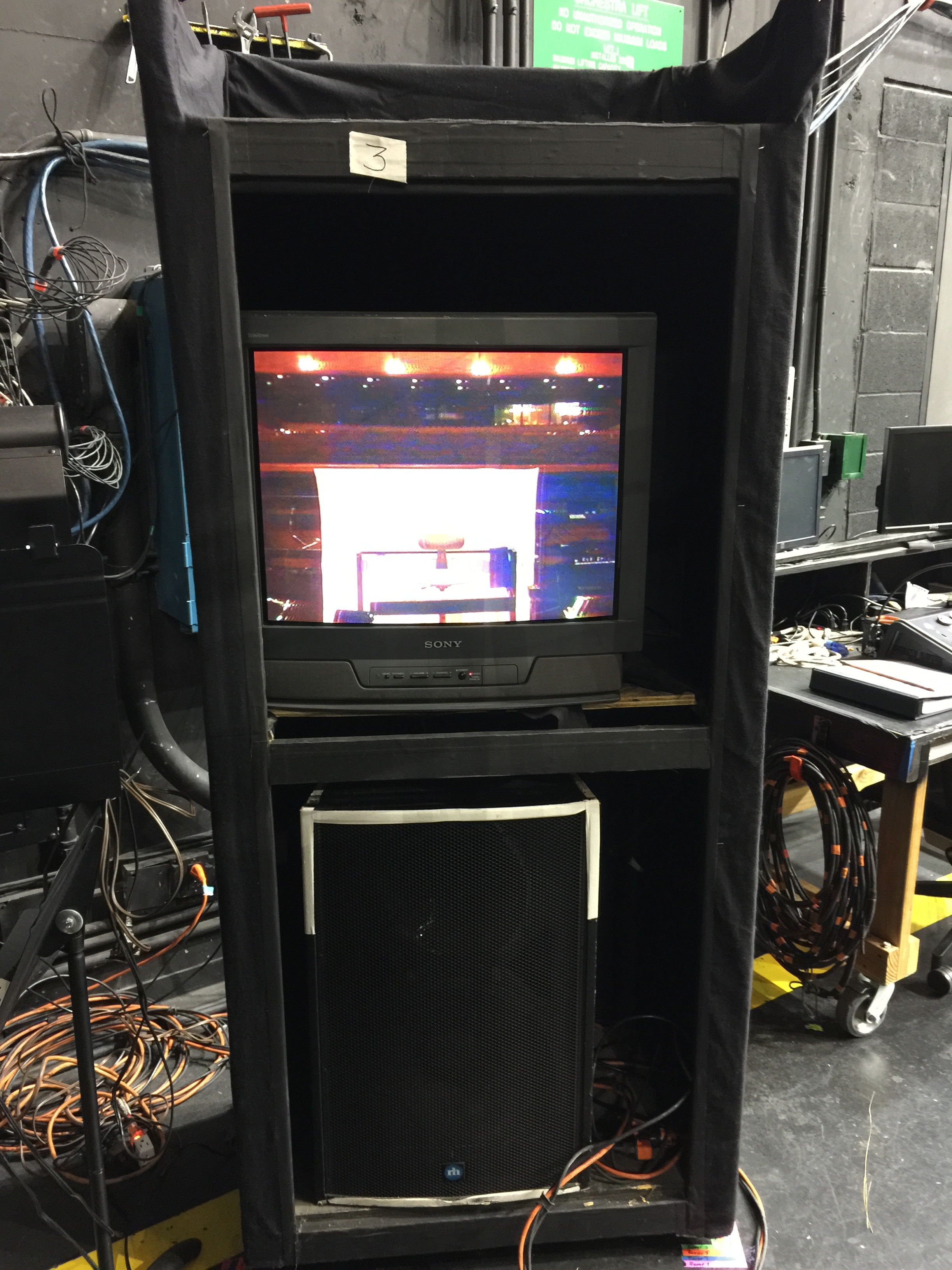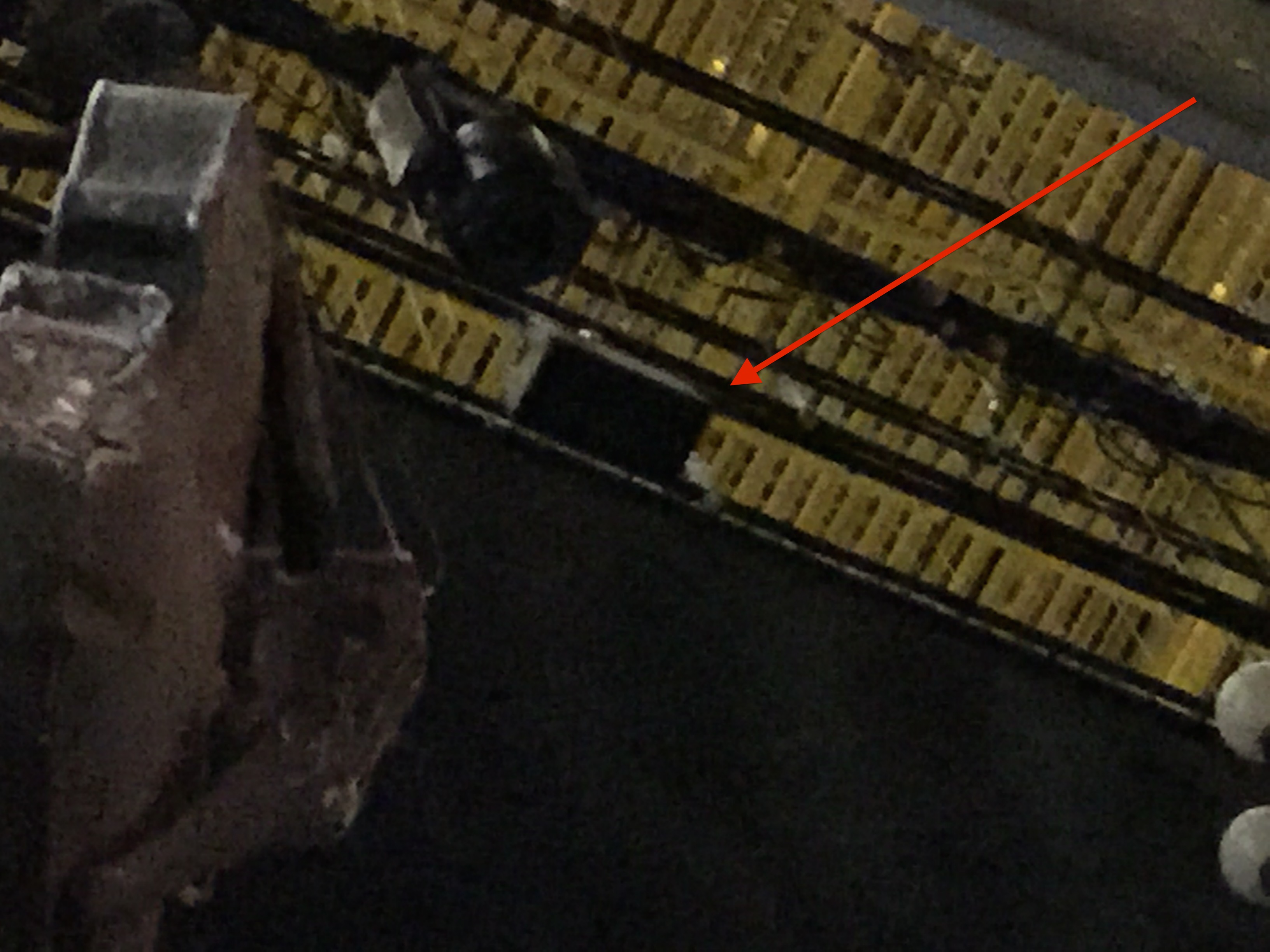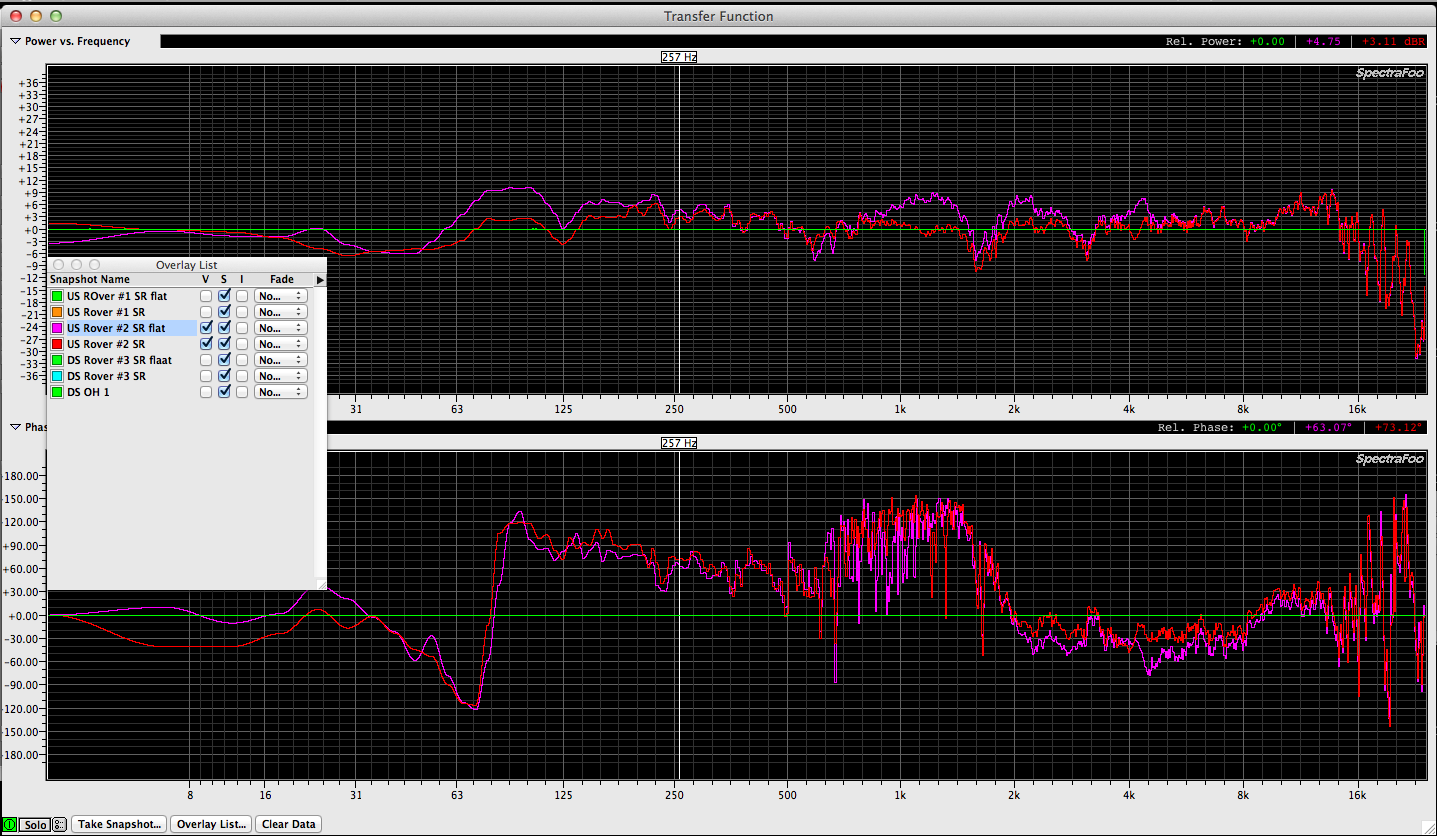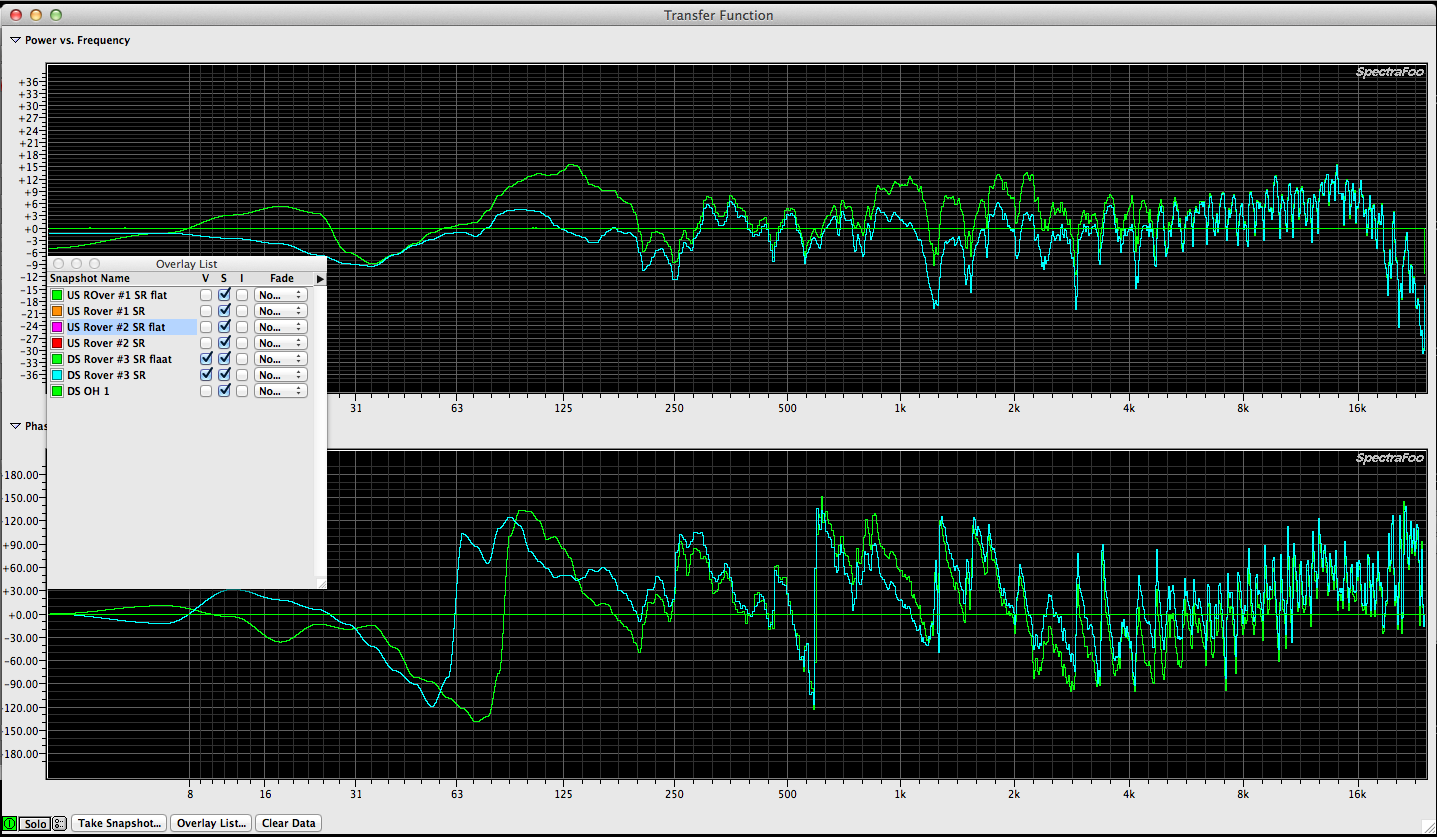In previous posts I’ve explained that stage monitors should get the same attention given to the house PA. This post will provide further prove as to why.
It may seem unnecessary to tune stage monitors but they are speakers and obey the same laws of physics that speakers aimed at the audience must obey. Any full range speaker is a compromise between frequency response, phase response, bass extension, coverage pattern, cost, size, etc…
If there were such a thing as a “perfect speaker”, where would it measure perfectly? Pick an acoustic situation to optimize any speaker for and then change the acoustic situation. The frequency and phase response will also change to some degree (large or small). This is absolutely guaranteed. There are literally unlimited elements that can and will modify the frequency and phase response of a speaker or speaker combination. For example, boundaries such as the floor, ceiling, walls, corners where those boundaries meet, reflective surfaces, other speakers, etc…
Consequently, no matter where you place your speakers, you will need to make sure they are aimed correctly, splayed correctly and processed correctly, (using delay and complimentary (corrective) equalization if you want a relatively flat frequency response (which you do).
For the production this post is based upon, I came in to measure stage monitors prior to the final dress rehearsal for an opera production. This is actually the first time I’ve every measured stage monitors only. Traditional opera uses no amplification for the audience but does provide pit foldback (stage monitors) so the singers can hear the orchestra regardless of where they are on stage. The singers might be placed behind scenery and need to sing in time. They may be up on a set piece and too far away from the pit to hear the orchestra directly. On the roving carts is a TV as well that shows the conductor camera. Obviously whatever is being reproduced on stage is going to affect what the audience members nearest the stage hear if it’s not properly managed. Proper management of stage monitors includes how they are aimed and equalized.
With that all stated, let’s tune some stage monitors shall we. In this case the stage monitors are Renkus Heinz self powered cabinets. (model numbers to follow)
There are (4) roaming AV carts on stage that include a TV and a speaker with a 15″ woofer / horn. (3) of these roving carts are SR and (1) is SL.
There are also (4) smaller speakers flown overhead as split pairs. One pair is upstage, the other pair is downstage.
(6) zones total. Each with it’s own level and eq control at the house Yamaha PM5D console (located backstage).
I set up my measurement rig and fed pink noise out of my Metric Halo 2882 into a spare channel on the PM5D console. I also fed another 2882 output right back into an input (creating a loop) to use as my reference signal. I plugged my Earthworks TC30K into input 1 of the Metric Halo 2882 and verified that P48 (phantom power) was turned on. Now I have a way of generating pink noise and sending it to all the speakers as well as a way to measure what comes out of the speakers and what comes out of my audio interface. I have a mic on a stand and with a long XLR cable to move it to the various positions on the stage. The physical loop out of my audio interface which is going right back in to my audio interface allows me to compare what is leaving my measurement rig with what is coming back from the microphone.
Using the Transfer Function instrument in SpectraFoo Complete, I configured my reference to be the loop and my source to be the measurement mic.
Here is a screen shot of the pre and post EQ for the rovers. Notice that in every case, there is excessive low end prior to tuning the zone (post EQ).
Rover#1.
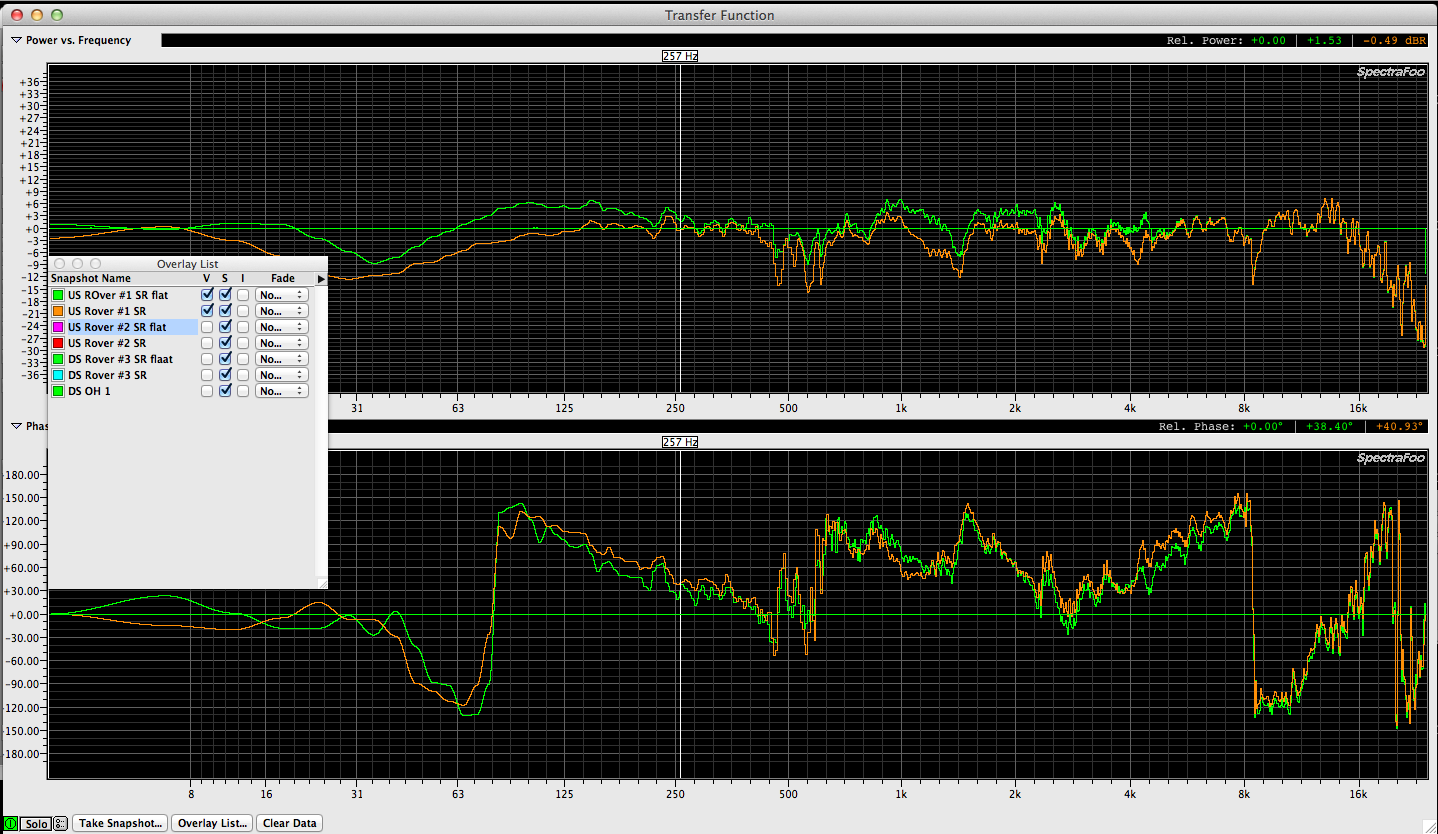
Notice the frequency and phase traces for Rover #3. Pretty ugly. Signs of comb filtering. Certainly the worst of the 3 rovers. Rover 3 is near a black hard leg. This is the main difference between Rover 1, 2 and then 3. Rover 1 and 2 are in a relatively open area.
Regarding the last rover, we didn’t measure Rover #4 because it was a mirror of another Rover we did measure. We were also running out of time. We made a copy of the mirror rover’s eq setting and pasted it on that mix. It would of been better to verify things but you have to pick your battles.
Regarding the overhead speakers, a quick measurement of the upstage pair suggested that there was no need for EQ (given the time we had left). The downstage pair needed a slight EQ adjustment but I forgot to save a snapshot of that pre / post measurement before we stopped. Nex time. What I do have regarding the overhead speakers is a text book example of a horrible impulse response.
Notice the indicated multiple arrivals. We would expect there to be (2) peaks if the mic wasn’t exactly centered between the two speakers being measured but the “mess” that is shown indicates that the speakers themselves are reflecting all over hard surfaces which is smearing the sound. Considering the set that was in place at the time which is essentially a bunch of hard walls wrapped around a raked stage in the middle, this is certain. If time allowed, we would ideally re aim those speakers to avoid reflections and improve the impulse response which is really a window into the quality of sound that you are measuring and presenting to the singers but this time, we settled for quick and dirty.
Speaker photos courtesy of Gregg Pearlman


